Many of Uganda’s major tribes trace their recognition back to much earlier times, particularly as referenced in Section 2 of the pre-independence Constitution of Uganda.
This constitution was drafted in 1961 by over 110 eminent personalities representing various regions and political interests, during a historic meeting in London.
Several regions, including Buganda, Busoga, Ankole, and Bugisu, had ancient names before adopting the ones they are known by today.
Buganda was known as Muwawa in the 13th and 14th centuries, a name meaning “a place that was not well populated.”
Ankole was formerly called Kaaro Karungi.
Busoga was originally known as Usoga, possibly named after a small hill in the area.
The Karamoja people (originally the Jie) migrated from Ethiopia to Uganda around 500 years ago. Due to exhaustion, they could not move further, and the name Karamoja evolved from the Lugisu phrase eker ngimojong—meaning “no further movement,” or, conversely, basakhulu baluile meaning “the old men are tied.”
Kapchorwa District was known as Sebei District until 1980.
Kabale was known as Kigezi or simply as the land of the “people of the Highlands.”
Regarding the Bugisu region, some voices now advocate for changing the tribal name from “Bugisu” to “Bamasaaba,” since the Bamasaaba are the people who live in Bugisu. The distinction is similar to the difference between the place and the people.
Historically, about 200 years ago, the people living in Bugisu (also known as Masaabaland) were largely isolated. Movement beyond their homes was limited due to dangers from marauding animals and a lack of external errands or trade. It is even plausible to suggest that people in areas like Bukalasi feared Arab and European traders who were involved in the slave trade or conscription for war.
My great-grandfather Nasasa, born around 1870, had only one name—similar to Moses in the Bible. The region was highly enclosed and protected.
Steven Masiga
Spokesperson, Bugisu Cultural Institution
Tel: 0782231577

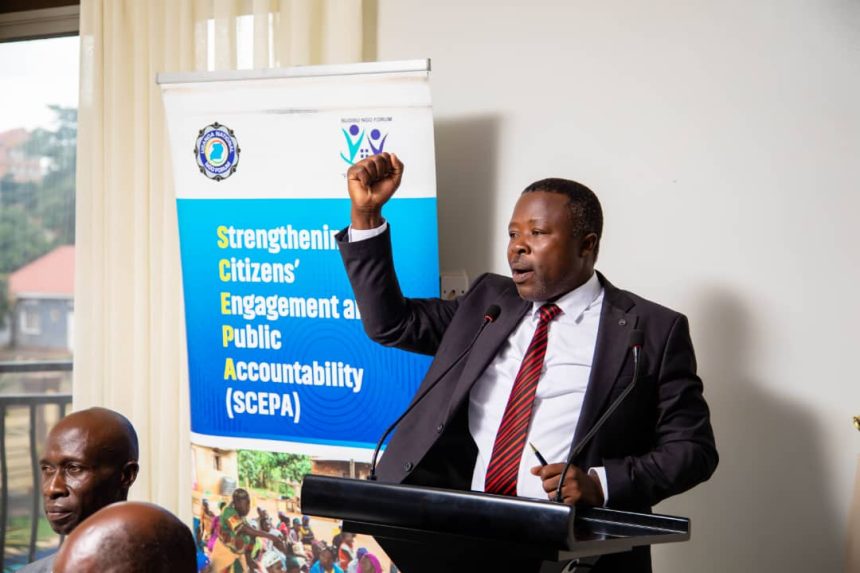


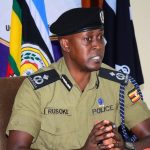











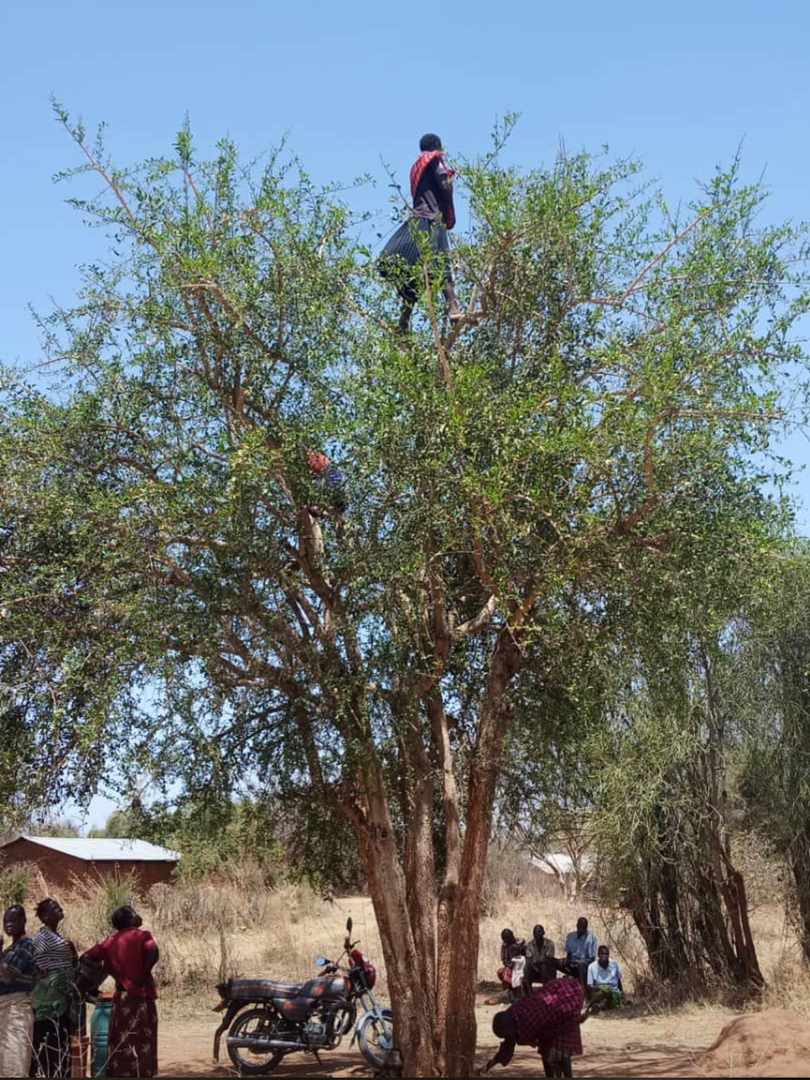
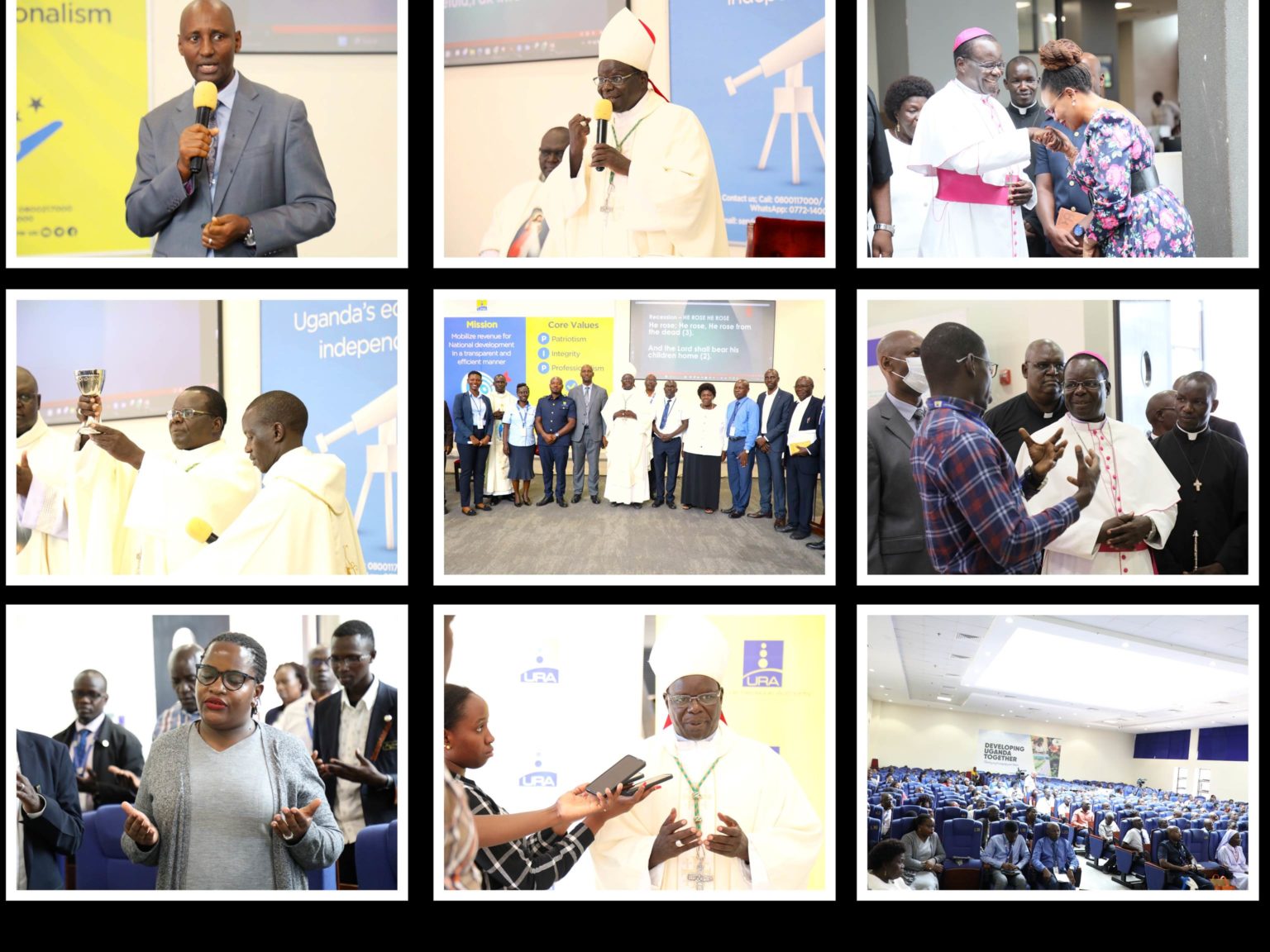
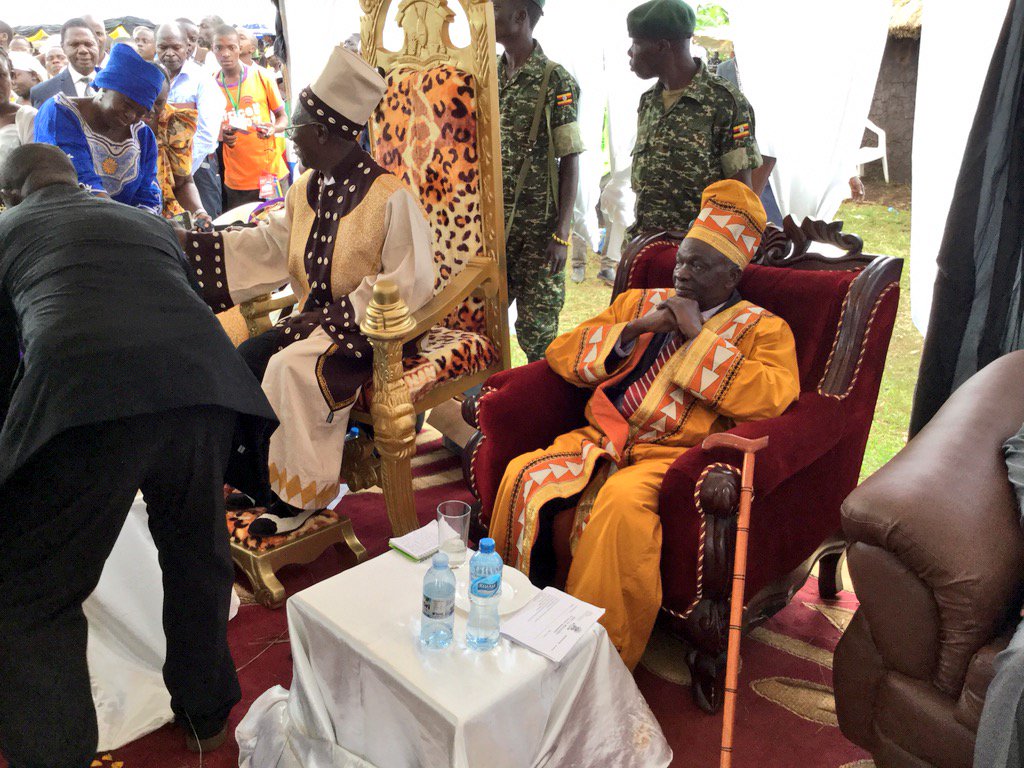
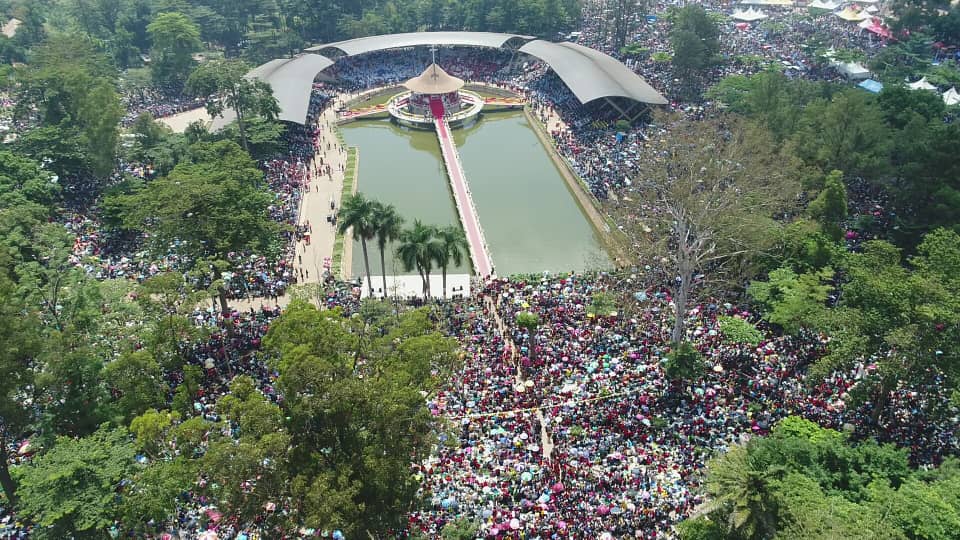

Busoga is a Swahili version of Busoga, just like uganda is for Buganda, Unyoro for Bunyoro, Urundi for Burundi…
There’s also a difference between Nkore and ANKORE, Nkore originally was Kashari, Isingiro & Nyabushozi, when the IMPERIALISTs arrived but earlier than zat, it included Bwera present day Sembabule & Murungyi present day Kanungu.
The Bamasaba & Begisu though too used interchangeably r different though share a common ancestor
The land called Kabale was originally Rukiga kingdom(one of the successor kingdom after the disintegration of MPORORO kingdom, also was referred to as Ndorwa at some point, Kigezi district or region are later references
ANKORE is a British creation by forcing kingdoms of Buzimba, Bunyaruguru, Kitagwenda, Buhweju, KAJARA, OBWERA, NSHENYI, IGARA plus polities of Ibanda & Mitooma to Nkore to form ANKORE in za ANKORE agreement of 1901.
So Nkore and ANKORE so used interchangeably is not the same entity.
The Karimajong r not single entity, the r the Jie, Matheniko & others
Kabale is originally referred to as Rukiga kingdom, one the successor kingdoms of MPORORO, at some point was called Ndorwa,Kigezi district or region are later references
Thank you for the clarification. Should you have any contributions, you can email us at theankoletimes@gmail.com or contact our Editor via WhatsApp on 0778294186